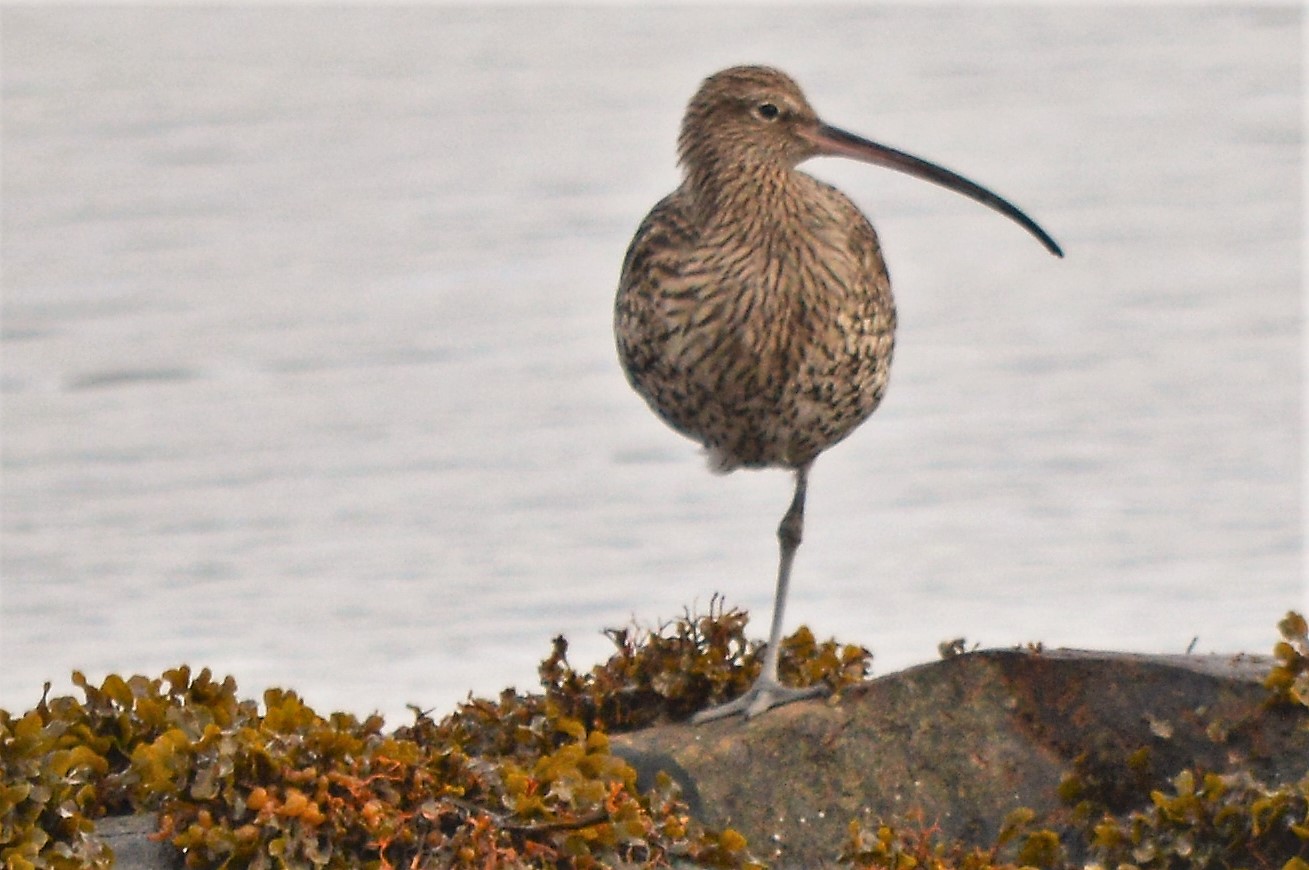Context:
World Curlew Day was recently observed on April 21, 2025. This day raises awareness about the plight of curlews—one of the world’s most threatened bird groups. Founded by Mary Colwell in 2017, it’s a global grassroots initiative encouraging communities to protect these remarkable birds from threats largely caused by human activities like habitat destruction and climate change.
Significance of Curlews
There are eight species of curlews, with the Eskimo Curlew and Slender-billed Curlew feared to be extinct or nearly so. These wading birds are keystone species, playing vital roles in ecosystems. Their long, sensitive beaks are adapted to detect prey underground, making them both ecologically significant and evolutionarily unique. Most of the curlew species is in vulnerable position according to IUCN red list.
Major threats:
The dramatic decline of curlews, especially the Slender-billed Curlew (Numenius tenuirostris), stems from:
- Climate Change: Drying breeding grounds in Siberia
- Habitat Loss: Disappearing Mediterranean wetlands
- Pollution: Contaminated feeding areas
- Migration Hazards: Hunting and lack of safe stopovers
In former strongholds like Morocco, sightings have nearly ceased. No nesting or confirmed sightings have occurred since 1995.
Characteristics of curlews
- They have a long, crescent-shaped beak, giving the genus name Numenius ("new moon").
- Their beaks are highly sensitive, acting like forceps to pick up food.
- Unable to reach food at the tip of their beak with their tongues, they toss food in the air to catch and eat it.
About the Slender-billed Curlew:
The Slender-billed Curlew, a migratory bird once found from Siberia to the Mediterranean, is likely extinct. Last seen in 1995, its decline is linked to habitat loss, hunting, and climate change. It marks the first known bird extinction from mainland Europe, North Africa, and West Asia.
Conclusion:
Saving curlews means safeguarding entire ecosystems. Their protection can rally conservation efforts globally. The loss of the Slender-billed Curlew reminds us: saving one species helps protect countless others—and the delicate web of life that sustains us all.








